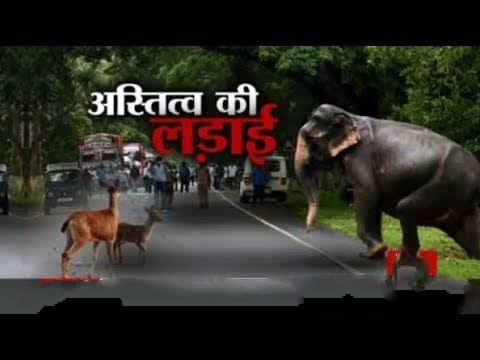Human And Wildlife Conflicts
Due to misconceptions of human beings, the risk of extinction of wild species has increased, it has a direct impact on the whole human world. In ancient times, there was a relationship of friendship between wildlife and human beings and wild life freely in the ashram of sage-minds. We used to worship our religious beliefs, various trees, plants and animals were venerable, but with the development of human civilization, harmony between wildlife and human beings started to decrease and religious and moral values started to decline, which caused a threat to the existence of wildlife. Destroying wildlife has increased human and wildlife life competition, where humans have been harmful to wildlife.
Human and Wildlife
The same wildlife is proving a threat to humans at some places, the controversy between humans and wildlife is huge due to the following rules.
Wildlife competition with tribal community
Wildlife Competitionibal communities have been dependent on the forests and their products for centuries to fulfill their entire needs, they used to exploit these wild estates for 7 days conservation.
In the last few years, the government started expelling the forest dwellers from the area which the tribal people revolted, for the national park and sanctuary for wildlife conservation.
For example
, the problems of the tribals displaced by the Tehri dam and the tribals of Kerala also stand for the same controversy.
Competing with life in the urban community
Wildlife is competing for each other for housing and food and for human community voice agriculture industries Many times wild animals roam in search of their food and go to human settlements and become black grass.
Humans have been furious at the natural habitats of wildlife day by day to meet their needs and to read the jag raagni of the growing population, because of the expansion of the agricultural sector, it is difficult to read the consequences on forest and wildlife.
To avoid these controversies and to protect biodiversity, the Government of India has revised the Wildlife Action Plan 1983 for the first time and now approved the new Life Action Plan 2002 to 2016.

The Wildlife Board of India, headed by the Prime Minister, is the apex advisory body to oversee and direct the implementation of many schemes of wildlife conservation.
Presently, the protected area consists of 92 national parks and 500 sanctuaries covering an area of 15.67 million hectares of the total geographical area of the country and all the geographical area of the country at this percentage.

